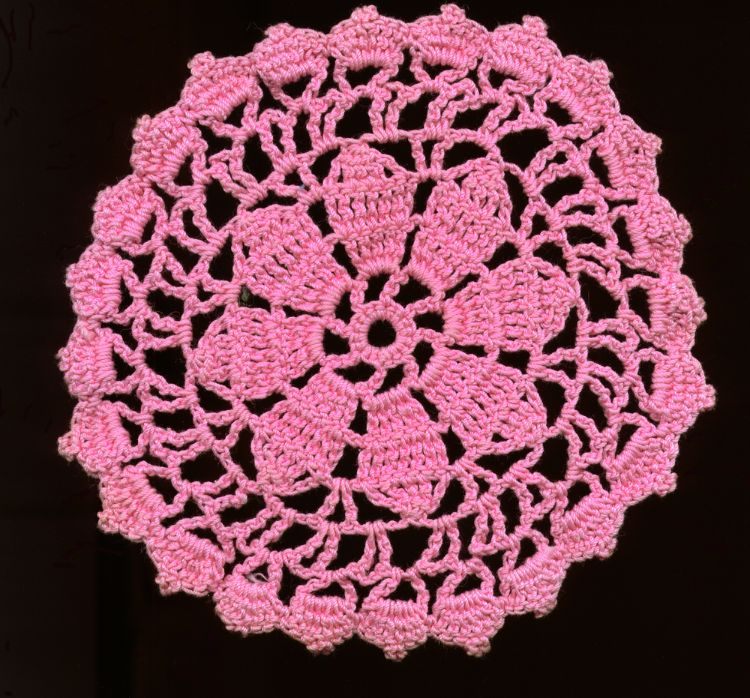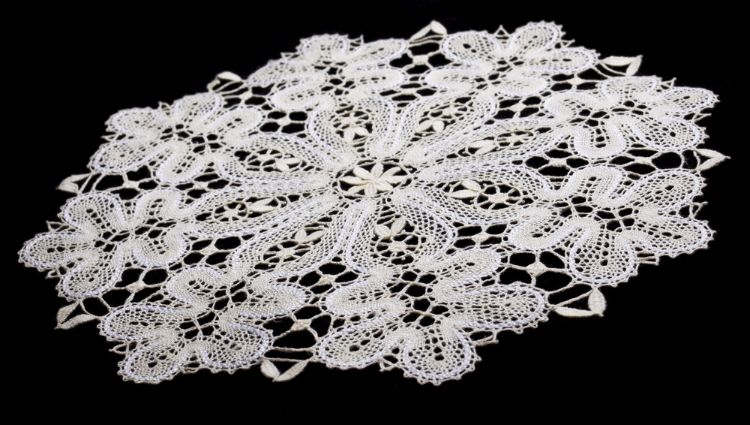Doilies can have a bad reputation. Some people think of them as frilly, but useless little pieces of fabric. Those in the know understand that nothing could be further from the truth. Doilies are not only practical, but they are also beautiful pieces of art that can add a touch of elegance to a person’s surroundings. Keep reading to learn more about the history of these typically hand-crafted wonders.
Doilies are ornamental mats. They can be crocheted or knitted using cotton, linen, wool or another fabric. According to Wikipedia, openwork or a pattern featuring openings and holes is a distinguishing feature of the doily. Typical designs for doilies include a circular design that looks like the Polar coordinate system and a grid-based design that utilizes filet crochet and is reminiscent of the Cartesian coordinate system, according to Wikipedia. Some doilies have additional flair such as embroidered rose petals or ruffles.
Advertisement
Doilies are primarily used in the home as ornamental surface protectors. They can protect wooden furniture from scratches and spills. They also act as antimacassars, protecting chairs and couches from dirt and oils. Doiles used to be vital in the food service industry of yesteryear, as they were used to decorate plates and provide ornamentation. Other uses include binding flowers and as a type of religious head covering.
Doilies get their name from a 17th-century cloth merchant, according to Wikipedia. The merchant popularized a type of cheap, but good quality wool. Over time the word doily became synonymous with a desert napkin. Crocheted doilies were popular in wealthy Victorian households in the late 1800s according to JunkBox Treasures.
According to JunkBox Treasures, it’s not clear how the crocheted doily made its way to the Victorian upper crust. JunkBox Treasures posits that the art form somehow made its way to Victorian well-to-do women via Irish nuns. The nuns reportedly taught starving Irish women how to crochet, so that they would have something to sell to sustain themselves. JunkBox Treasures also reports that the mercerization of cotton likely propelled the popularity of creating crocheted items, since the process, which gets its name from the Englishman who invented it, John Mercer, added additional stability and strength to cotton thread.
Doiles fell out of favor for a while when disposable paper doilies were touted as a good-enough alternative, according to Wikipedia. Then in the 1950s attitudes changed when doilies became a symbol of status in the United Kindgom. For now, however, doilies are on the outs again, since the handicraft is perceived as old-fashioned.
Advertisement






